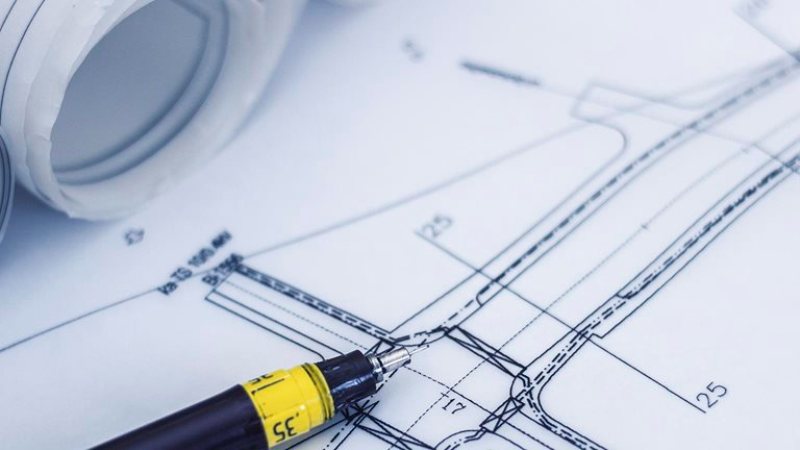
Work ahead: The emerging revolution in the road construction industry
Autonomous vehicles enable narrower lanes
By 2035, 15 percent of light vehicles sold are expected to be fully autonomous. As the share of vehicles capable of functioning without human drivers grows, driving precision is anticipated to increase dramatically. The additional accuracy could eliminate the need for lanes that are much wider than vehicles. Whereas traditional lanes are built wide enough to account for human error, usually between 3.50 and 3.75 meters wide (according to the European Commission), the width of future lanes could be reduced to 2.8 meters and still accommodate passenger cars and heavy-duty trucks. Roads dedicated exclusively to passenger cars could have lanes as narrow as 2.5 meters, making four-lane roads up to 4.0 meters narrower than they are today.
Construction automation increases productivity
Given the still significant amount of manual labour needed to build roads, automation is a promising opportunity to improve productivity in this low-margin industry. The initial surveying, for example, could be further automated through the use of lidar technology, reducing time and costs. Data from multiple sources could be fed into a digital representation of the physical asset known as a digital twin. Such digital models allow contractors to visualize the entire lifecycle of a road, optimizing its performance. The use of 3-D machine-control excavation systems may serve as a proxy to gauge the potential from automation in the latter stages of road construction. These systems combine geolocation services with digital models to partially automate earthworks. Excavators equipped with such systems can carry out excavating or grading up to 30 percent faster than machines that don’t use a 3-D system.
Until around five years ago, road design and construction rarely used any form of digitization or analytics, but these technologies will significantly affect road design and construction in the near future. First, roads will evolve from being a passive medium to a system of measuring and guiding. Sensors, either embedded in the structure of newly constructed roads or positioned around existing roads, will be used to guide vehicles, which will enable them to drive closer together, potentially increasing lane capacity by up to 50 percent. This approach is currently being tested by authorities in China. Roads will also be able to communicate surface conditions for example, friction levels due to water or cold temperature to autonomous vehicles. Other types of sensors will be used for predictive maintenance, increasing the operational time of roads while reducing costs and the number of road closures.
Advanced materials improve durability
An increase in road use means that roads will need to be more durable. Newly constructed roads can be built using new construction materials (such as plastic) in their asphalt mix. This construction method can make roads up to 60 percent stronger than conventional asphalt roadways, making them better suited to accommodate more vehicles per kilometre of road. Existing roads will likely also have to undergo significant refurbishment to meet this new demand. Since these upgrades will be limited to a road’s top-most layers, they will be cheaper than building new roads from scratch.
Advances in road construction are fast approaching, and the time to act is now. The learning curve will be steep, but the long lead time potentially more than 15 years for planning and creating the conditions for constructing these new roads gives stakeholders time to prepare. That said, the various advances will likely unfold along multiple time horizons. Advances in construction materials are imminent and yield gradual optimization potential. The digitization of roads will likely occur step by step as existing roads are upgraded and modularization in construction kicks in. By contrast, roads may become narrower only after a critical number of vehicles are fully autonomous. Additionally, many of these new features will require significant investments in brown field upgrades of existing road infrastructure. The growing set of stakeholders in the road-construction landscape should start the collective conversation now in order to best prepare for success in the not-so-distant future.
McKinsey